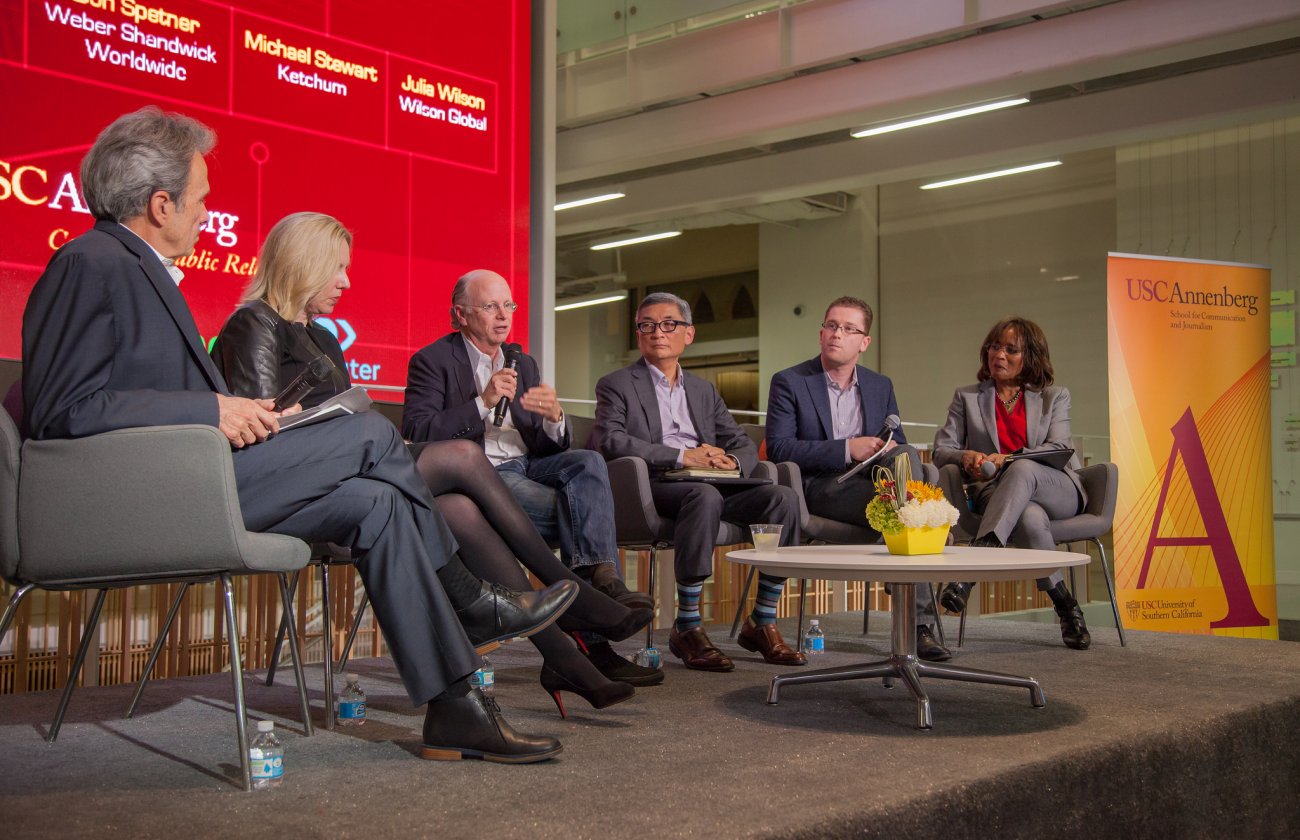Women and girls are scarcely present either on screen or behind the scenes in Academy Award-nominated movies, according to a new USC Annenberg study that analyzed Best Picture Oscar contenders from 1977 to 2010.
The research team, led by communication professor Stacy L. Smith and including Marc Choueiti and Stephanie Gall, analyzed the frequency of females in Best Picture-nominated films from 2007 to 2010, and compared those numbers to findings as far back as 1977.
"Once again, females are grossly underrepresented and undervalued on screen and behind the camera,” Smith said. “These findings, obtained from films determined by voting members of the Academy, reveal yet another aspect of gender inequality in film."
Only 32.6 percent of speaking characters from 2007 to 2010 were female, which translates into an on-screen ration of 2.1 males to every one female. Only 14.3 percent of directors from the same time period are female.
“Despite comprising roughly half of the population, females are still less than a third of all speaking characters in movies,” Choueiti said. “This is true for both prestigious films like the ones nominated for a Best Picture Oscar and the 100 top-grossing films per year.”
The study also analyzed the ethnicities of speaking characters, which showed more examples of a lack of diversity in Hollywood films.
Of the speaking characters analyzed for race, 78 percent were white. Black actors accounted for 11.6 percent of the speaking roles. Latino actors accounted for 1.9 percent of speaking roles – even though they purchased 26 percent of domestic movie tickets in 2010, according to the Motion Picture Association of America.
“Perhaps the most egregious underrepresentation is behind the camera,” Smith said. “However, for females, there was a small glimmer of good news. The most recent Best Picture-nominated films have nearly as many female directors as those spanning 30 years prior.”
There were five female directors of Best Picture-nominated films from 2007 to 2010; there were six from 1977 to 2006.
While that shows improvement, Smith said there is a long way still to go.
“Our data reveal, cautiously, that more females were employed on screen in Oscar nominations than in years past,” Smith said. “While a small step forward, parity is still nowhere in sight. The lack of equality sends a message to future content creators and consumers about who is and who is not important and who is and is not valued in film.”
Best Picture-nominated films with one or more female screenwriters showed a higher percentage of female characters than did films written solely by men. The industry adage, “Write what you know,” applies to this scenario, Smith said in the report, and may indicate that studios or financiers feel more comfortable hiring women to write female roles.
This signifies a shift from the team’s Academy Award findings conducted in 2008, which suggested that female directors played a bigger role in creating more female characters on screen. In 2008, Smith and her team saw that under a female director, female speaking characters jumped from 26.8 percent to 41.2 percent.
Results from this study and more of Smith’s work on gender and the media may be found online at annenberg.usc.edu.









